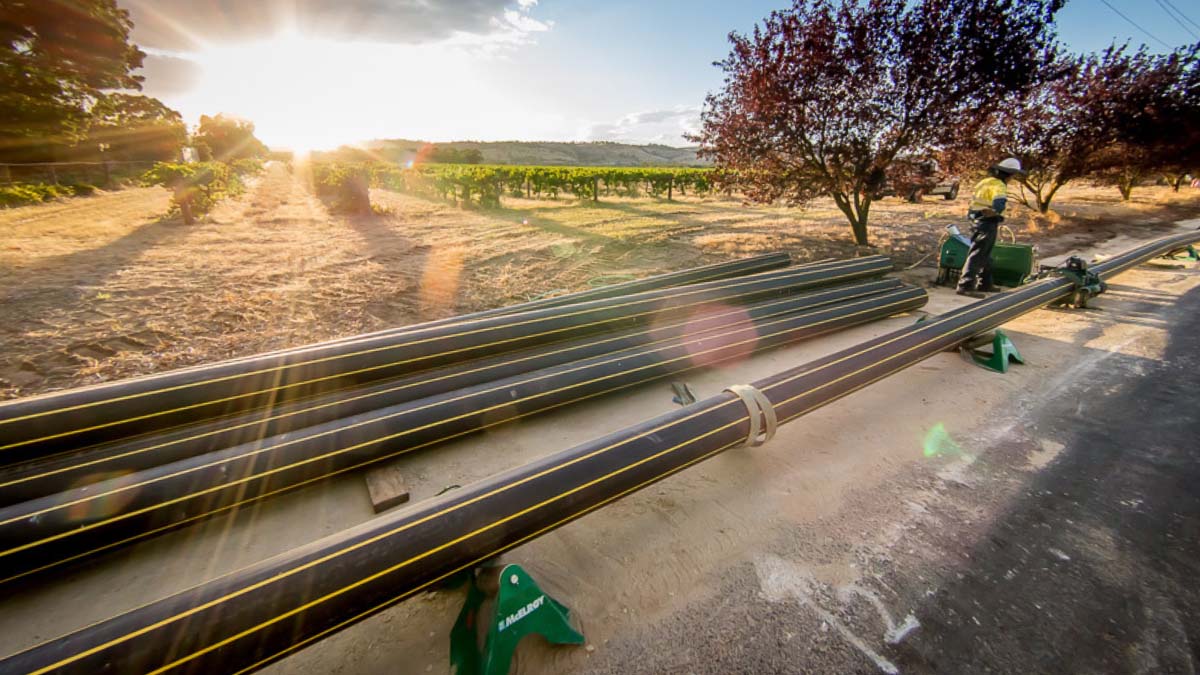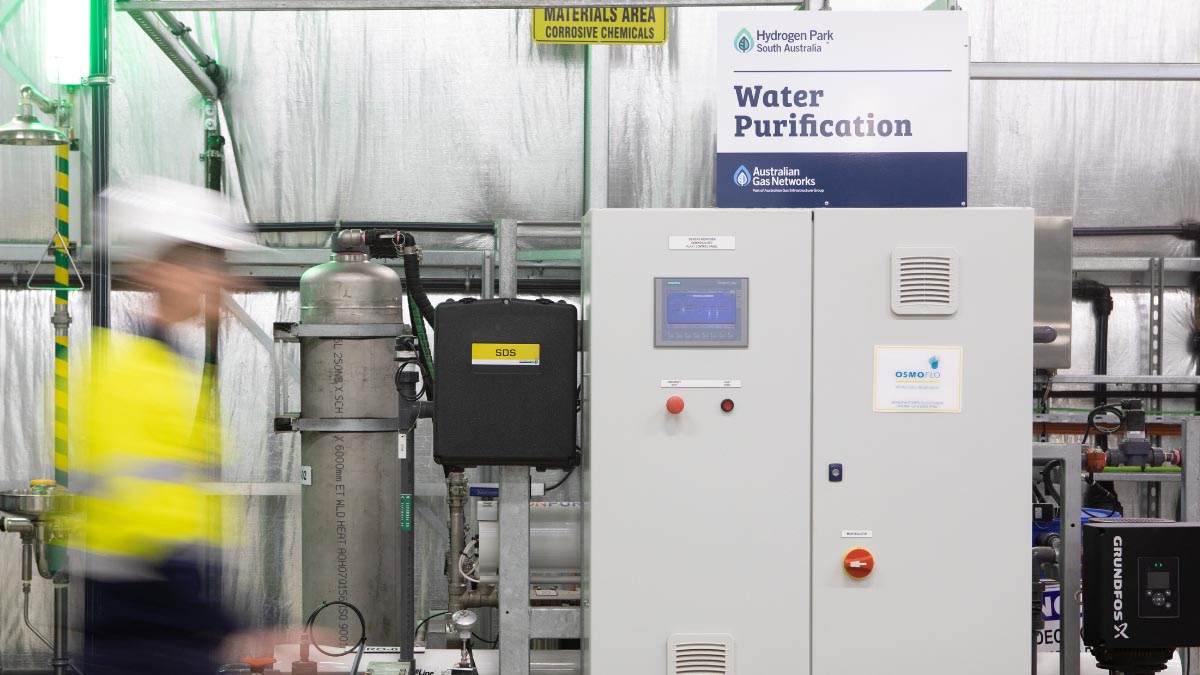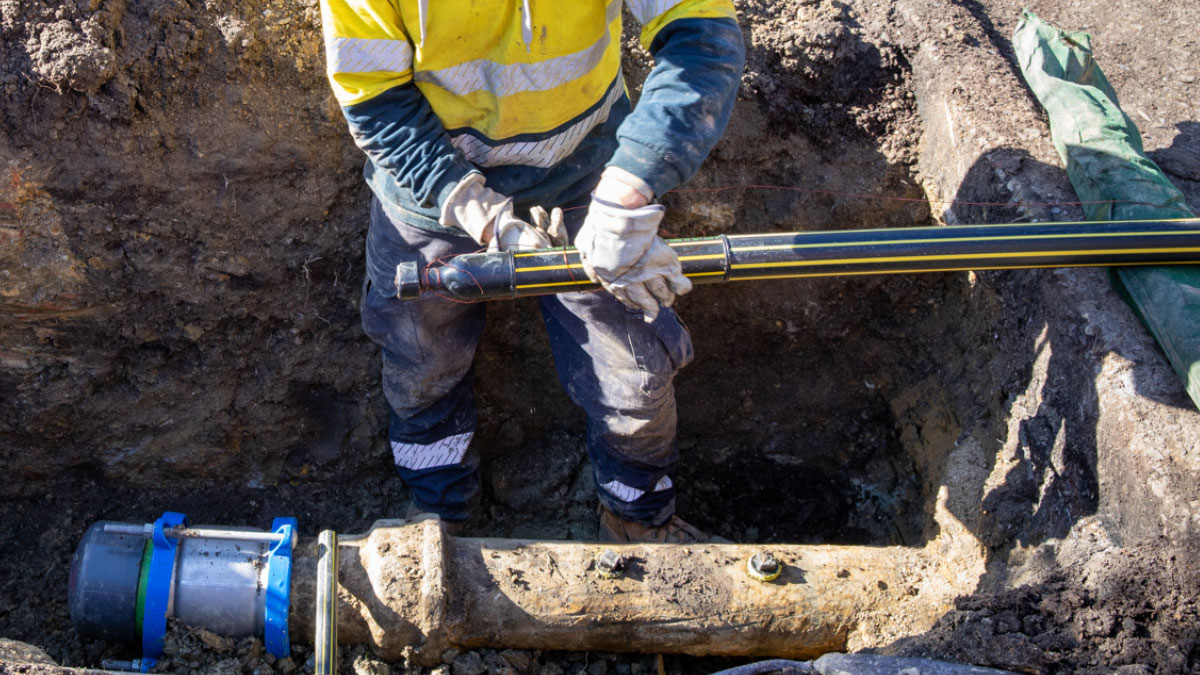With the global energy crisis as a backdrop, there has never been a more pivotal time for us in the energy sector to be under way with our plan to transition to a 100% carbon neutral energy.
But what exactly will this cleaner future look like?
The obvious solution is simple: renewables... a simple switch to solar and wind and ‘she’ll be right’. But this fails to cover how we best make use of this energy.

Why limit to only one energy source?
Decarbonising the energy sector is a massive undertaking. It will require every tool in the toolbox to get the job done, not just one.
Toolbox analogies aside, the current electricity and gas networks have often been designed to work together to meet the energy needs of customers, so this hybrid approach is nothing new.
If Australia is to transition to 100% renewable energy and meet all its additional, and constantly increasing, energy demands, it will need more than one energy source to ensure the lights stay on, the showers stay running hot, the cooktops keep burning, and industry keeps progressing.
If we are to move towards renewable electricity, we have to expect periods of low wind, low sun, and high demand, such as a cloudy, windless week in winter. This will create periods of real volatility and unreliability in production.

We think it makes sense to at least have alternative renewable energy sources for when the renewable electricity grid, that is dependent on variables like how sunny it is or how strong the gusts of wind are, falls short and needs some support.
Collaborating with 100% renewable hydrogen gas is the no-brainer, economical choice. Hydrogen gas can be generated simply by using renewable electricity to split water into hydrogen and oxygen – a process known as electrolysis - and can provide essential energy every day, including those times we need it most.
Why throw away extensive infrastructure that consumers have already paid for?

Significantly upgrading electricity networks and building large battery farms is one option. But we think that 100% renewable hydrogen gas and carbon neutral biomethane will help us reach net zero more quickly; it’s not only a more economic and reliable energy storage option, but also a more environmentally friendly way to become 100% carbon neutral (compared to building new electricity infrastructure) given our pipe network already exists and is nearly 100% hydrogen ready.
A big reason renewable gas offers so many advantages is because there’s already an existing network to transport it across Australia. Even better, our network of pipes can safely store hydrogen, meaning far less reliance on potentially harmful, toxic batteries.
Here in Australia, we’re fortunate to have extensive, well-working gas distribution networks that transport natural gas to homes and businesses far and wide. Utilising these existing networks to transport and store 100% renewable energy makes a lot of sense.

Working together as renewables technology advances
Without question, we need renewables like wind and solar in our energy mix if we’re to combat climate change.
However, an all-electric solution involves massive up-front costs to transition the current networks to 100% renewable, and major technological improvements to efficiency to come close to meeting the growing demand. This is one reason why we believe in a collaborative, diverse energy mix.
As wind, solar and hydro continue to improve and we continue to invest in renewables infrastructure, we can use these great renewable sources to create 100% renewable hydrogen gas – as both another energy source and a form of storage.
Biomethane is another renewable gas, which is collected from organic matter, such as waste from agriculture, industries and landfill. Using biomethane means no additional carbon dioxide is released into the atmosphere, while green hydrogen has the added benefit of not emitting any greenhouse gases when burned.

And, just like natural gas, both hydrogen gas and biomethane can be delivered to your home using our existing networks with the same exceptional reliability and safety record we pride ourselves on today.
These renewable gas benefits help explain why the VIC government includes the pioneering of innovative energy sources like renewable hydrogen as part of its clean energy future.
The benefits of renewable hydrogen gas also help explain why the Intergovernmental Panel on Climate Change (IPCC) lists hydrogen as one of the methods that can help us achieve the deep emissions reductions required in energy-intensive industries to limit warming to 1.5C.

Here at AGN, we’re working hard to fully decarbonise our distribution networks by 2040 (as a stretch). Read more about renewable gas and the benefits it can offer to Australia’s renewable energy future here.
All figures quoted in this article were correct at the time of publishing (February 24, 2023).




